New ‘green status’ launched to help endangered species

The International Union for Conservation of Nature (IUCN), based in Switzerland, has a new tool and global standard – called “green status" - to classify plant and animal populations. Oxford University researcher Molly Grace outlines the potential of the instrument to measure conservation progress.
Currently, over a quarter (28%) of species studied by the International Union for Conservation of Nature (IUCN) – 38,543 out of 138,374 – are threatened with extinction, according to the latest edition of its Red List, published at the World Conservation Congress in Marseille that runs until Friday.
The IUCN’s Red List remains a crucial tool for conservationists and decision-makers. But over the past ten years scientists have developed a new “green list” global standard to help paint a fuller picture of the threats to at-risk species and recovery efforts.
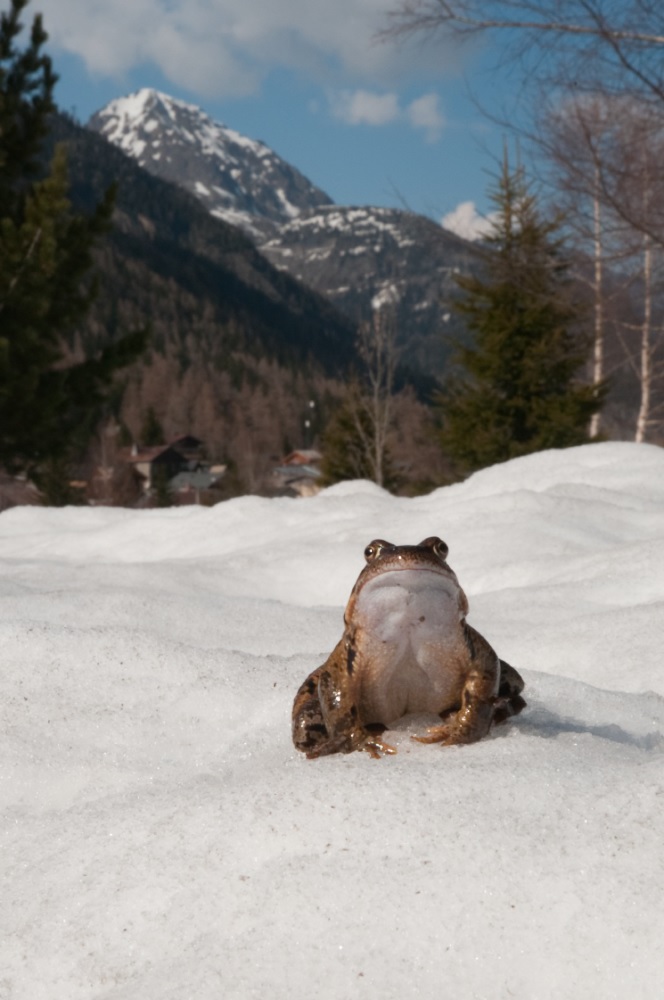
More
Alpine species struggle to keep pace with climate crisis
SWI swissinfo.ch: Many people have already heard of the Red List of Threatened Species. Now the IUCN has introduced a “green status”. What’s the difference?
Molly Grace: The Red List documents the risk of extinction faced by a species. It is an essential tool that allows us to assess which species need to be protected. However, preventing extinction is only the first step. The ultimate goal is for the species to recover and thrive so that it can fully perform its ecological functions. Thanks to the green status, we can assess the impact of past and future conservation programmes and the level of recovery of a species. It is a complementary tool to the Red List and offers a more optimistic perspective on conservation efforts.

SWI: How does the new tool work?
M.G.: A species is assigned a score from 0 to 100 that reflects the size and distribution of the current population compared to the original situation before human influence. Zero means the species is extinct, 100 means it has fully recovered.
So far, we have assessed 181 species. But in total there are about 160,000. We still have a lot of work to do.
SWI: Can you give an example of how the green status can be used?
M.G.: The California condor, for example, is considered “critically endangered” and has been on the IUCN Red List [since 1994]. However, the assessment of its green status has shown that if conservation programmes continue, we will see a strong recovery, up to almost 75% of a full recovery.
The case of the giant panda is also interesting. On the updated Red List, it has moved from “endangered” to “vulnerable” status. However, there is a risk that conservation efforts will no longer be a priority as the species improves. Thanks to a tool like the green status, we can celebrate success while at the same time warning that if we stop our efforts, the situation will deteriorate dramatically.

SWI: Can the green status also contribute to the conservation of endangered species in Switzerland?
M.G.: Of course. One species that we looked at that is also present in Switzerland: the grey wolf. Although it is a species of “least concern” on the Red List, we have given it a green status of “largely depleted”. Our analysis showed that without conservation efforts there will be fewer and fewer grey wolves in Switzerland and Europe.
Over 38,500 species are threatened with extinction. This represents 28% of the nearly 140,000 species studied by the IUCN. Among the threatened species, 26% are mammals, 41% amphibians, 14% birds, 33% corals and 34% conifers.
In recent years, the situation has worsened for species like the Komodo dragon. Sharks and rays are also in decline due to intensive fishing and the climate crisis.
In contrast, the status of four commercially fished tuna species is improving, IUCN reports.
In Switzerland, almost 60% of the 1,000 species of insects are threatened or potentially threatened, according to the first in-depth government report on insects, published on September 7.
*A previous version of this article incorrectly said that 33% of the threatened species were mammals; this was corrected to 26% on September 17
SWI: Which conservation programmes have been most successful?
M.G.: A good example of recovery is the yellow-legged dragonfly (Stylurus flavipes), an insect that needs clean water. Due to polluted rivers and bodies of water there has been a sharp decline in this species. However, effective regulations adopted in recent decades in the European Union have helped improve water quality. The yellow-legged dragonfly is now considered a fully restored species.
In general, the most successful conservation programmes are those that involve as many stakeholders as possible and take human needs into account. If we cannot find a compromise between humans and wildlife, it is usually the wildlife that loses out.
SWI: It is well known that certain species, like the Siberian tiger, the Sumatran rhinoceros or the Asian elephant are endangered. What other species are also threatened that people may be less aware of?
M.G.: One group that people probably don’t think about are fungi, which are often ignored by conservation efforts. Yet they play a crucial role in the nutrient cycle.
Then there are animals like the Darwin’s frog (Rhinoderma darwinii), the Owston’s palm civet (Chrotogale owstoni) and the steppe antelope (Saiga tatarica), hunted for its horns. Even if people have never heard of these species, we cannot turn a blind eye and look away. Each species plays a role in maintaining the balance of the ecosystems on which we depend.
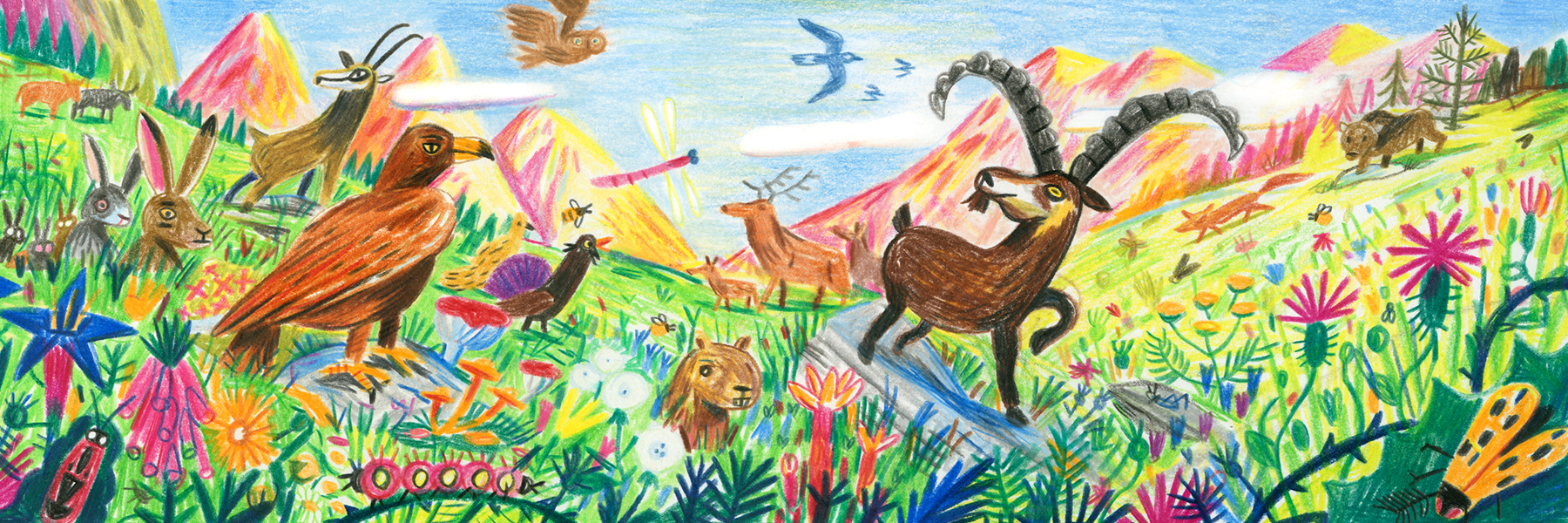
More
The Swiss Alps are beautiful, but are they biodiverse?

In compliance with the JTI standards
More: SWI swissinfo.ch certified by the Journalism Trust Initiative









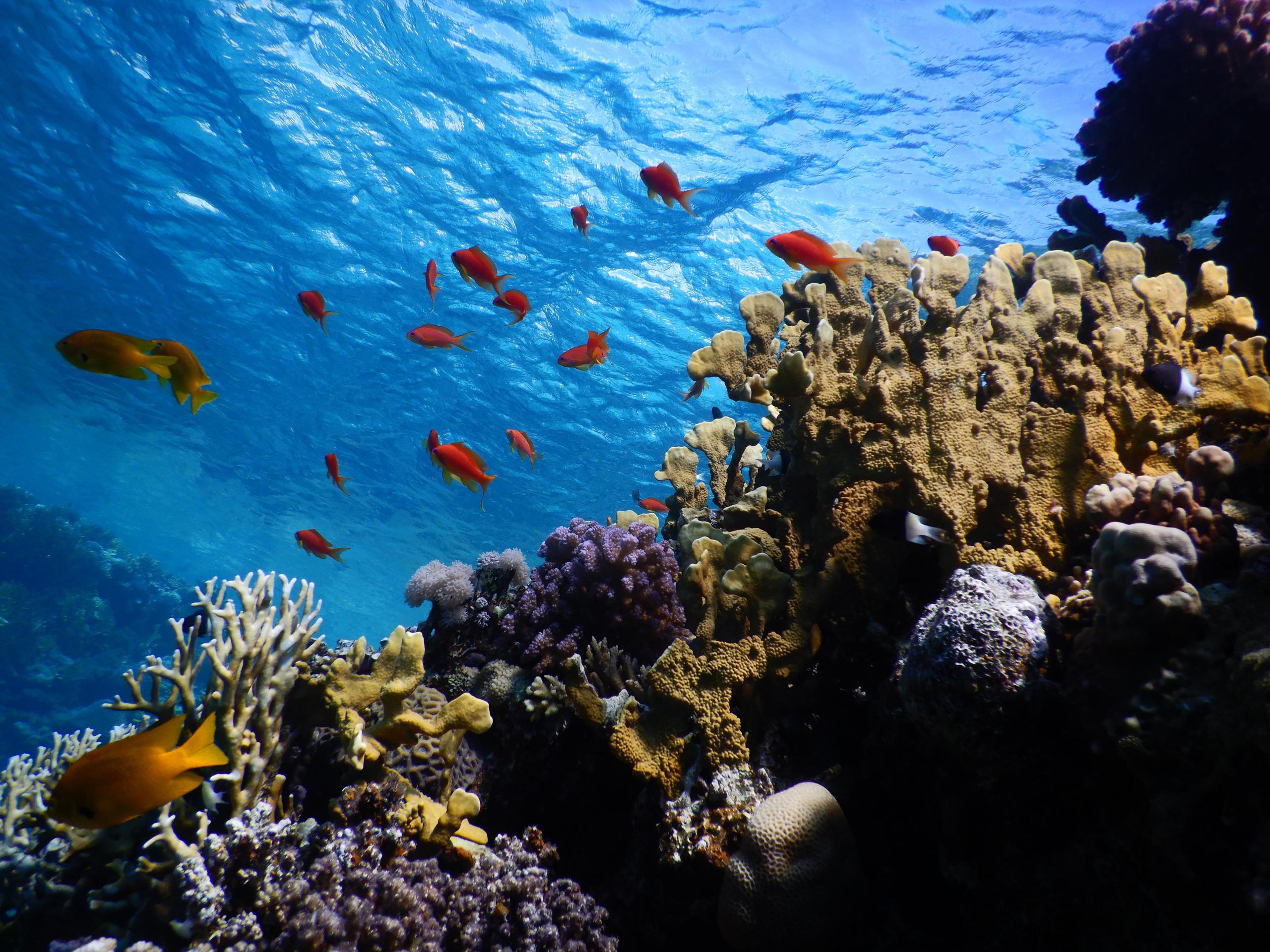
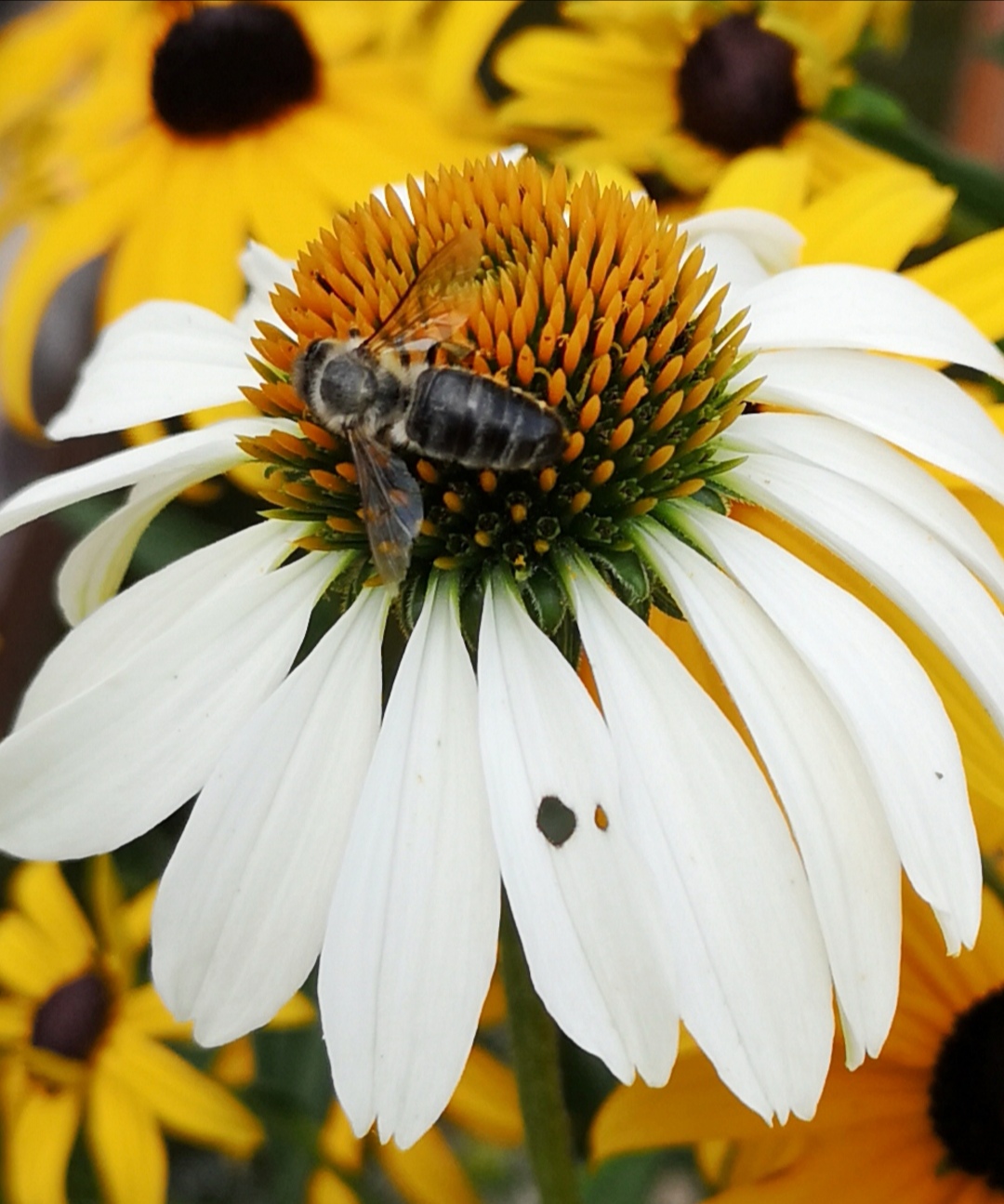
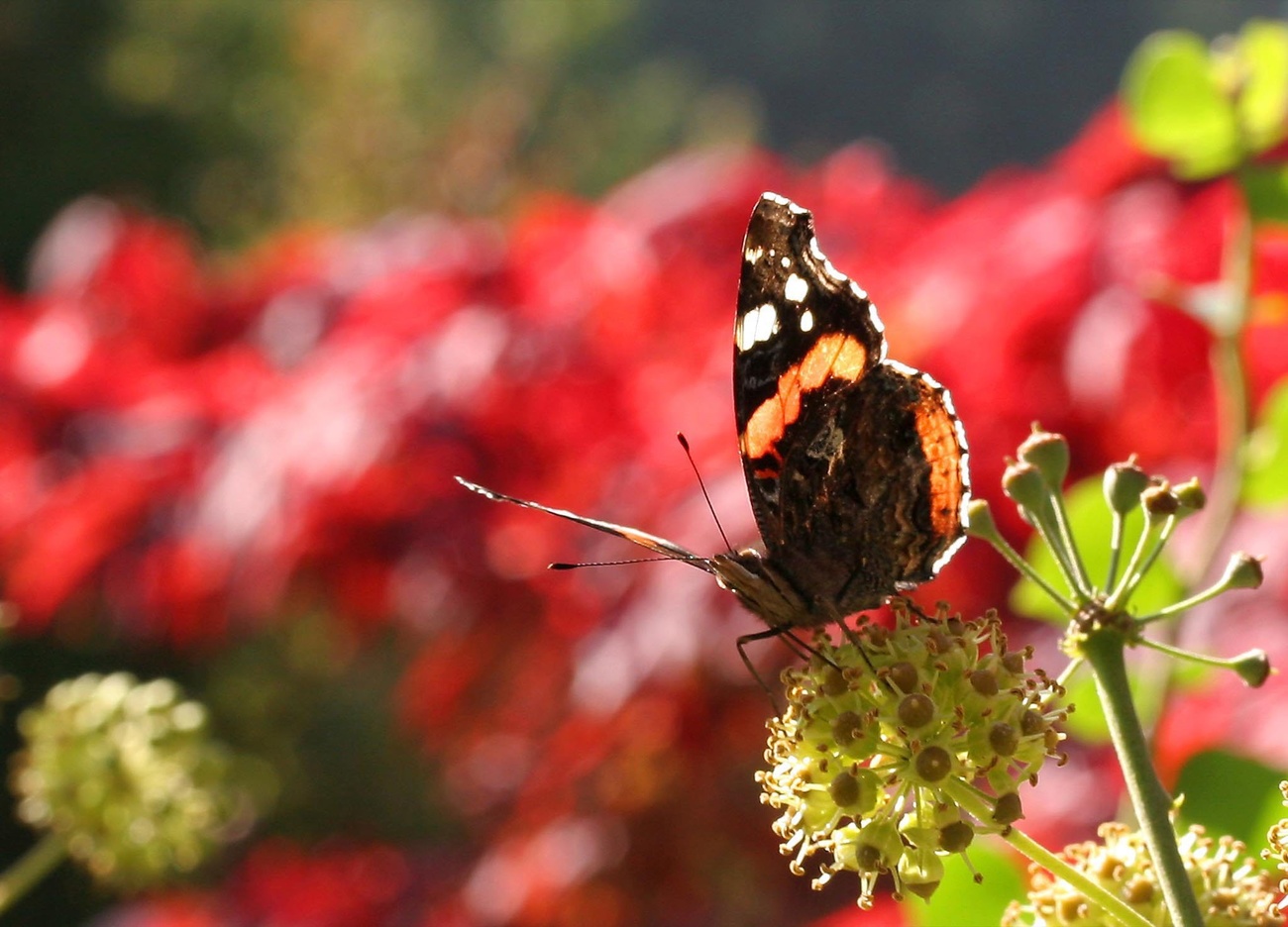

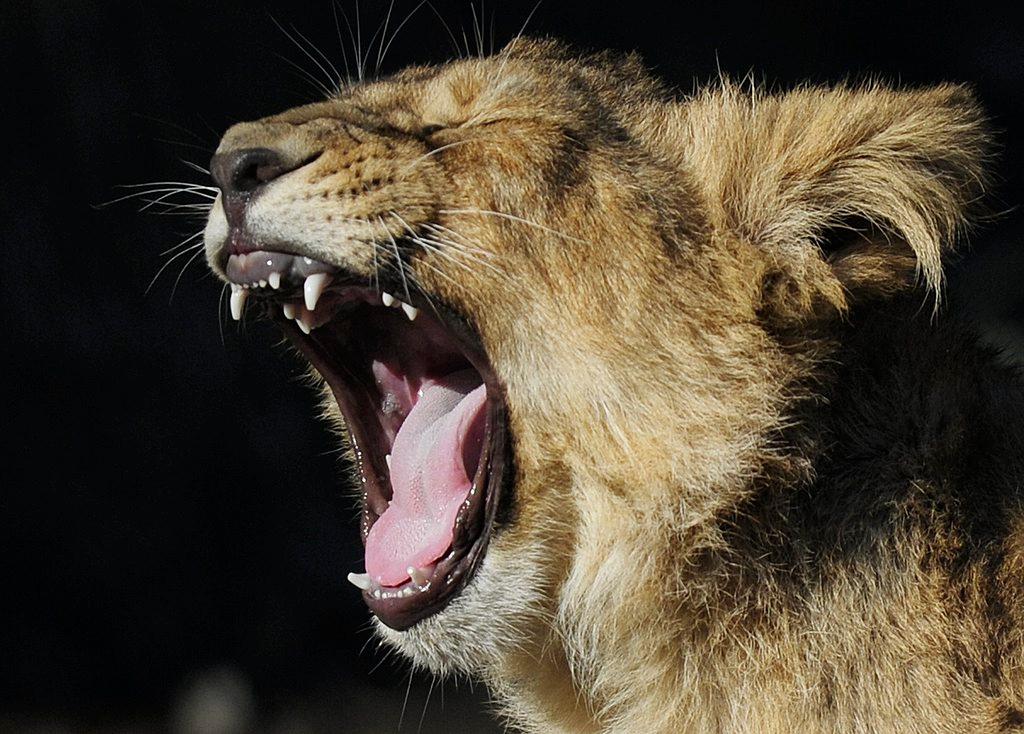


You can find an overview of ongoing debates with our journalists here . Please join us!
If you want to start a conversation about a topic raised in this article or want to report factual errors, email us at english@swissinfo.ch.